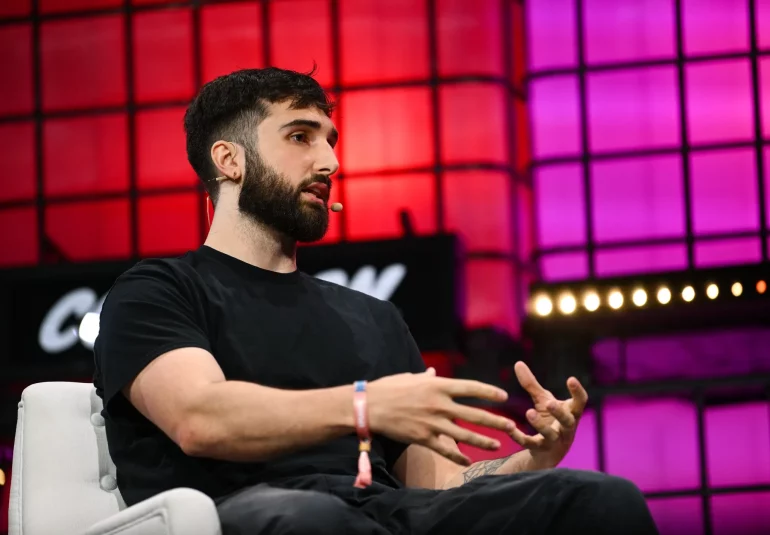- Leading AI companies are investing heavily in developing advanced models, but fierce price competition makes the business unsustainable.
- Selling access to AI models through APIs is becoming a “zero margin business” due to aggressive pricing strategies.
- Despite the growing demand for AI technology, the profitability of these services could be much higher.
- The industry is investing heavily in computational power, particularly in Nvidia hardware, to marginally improve AI capabilities.
- Major players like OpenAI, Google, and Meta are driving down prices, further squeezing margins for competitors.
- Interest is shifting to the application layer, with products like OpenAI’s ChatGPT subscription offering a potential revenue stream.
- Smaller AI startups struggle to remain independent as Big Tech firms acquire them, leaving behind unprofitable business models.
Main AI News:
In the highly competitive landscape of artificial intelligence, leading companies like OpenAI and Anthropic are pouring billions into training sophisticated models such as GPT-4 and Claude. Yet, this aggressive investment is being met with intense price competition, creating an increasingly precarious market. Aidan Gomez, CEO of Cohere, a competing AI firm, highlighted this challenge during a recent appearance on the 20VC podcast, describing the market for selling AI model access as a “zero margin business.” The current reality is that the costs of developing and maintaining these models surpass the revenue they generate.
Gomez elaborated that selling AI model access through APIs, a service provided by industry giants like OpenAI, Anthropic, Google, and Cohere, is becoming difficult. The fierce price competition within the sector is eroding profit margins to near zero. Despite the surging demand for AI technology and rapid industry growth, the profitability of these services remains minimal.
The race among companies to advance cutting-edge AI models is intense, with many relying on increased computational power to improve their products. This factor has led to significant investments in hardware, particularly from Nvidia, aimed at marginally enhancing AI capabilities. Concurrently, the industry is witnessing a downward trend in pricing, with companies like OpenAI and Google reducing their model access fees to retain customers, while Meta’s open-source models, available for free, further intensify the competition.
Gomez noted that there is growing interest in AI’s application layer, exemplified by OpenAI’s $20 monthly subscription for ChatGPT. While Cohere sees long-term potential in its AI models, Gomez suggests that product development could be crucial for generating meaningful revenue in the near term.
The current business model for AI models is unprofitable, with significant losses being sustained across the industry. While tech giants like Microsoft and Google can afford to subsidize or absorb these losses, smaller startups often do not have that luxury. Cohere remains one of the few independent players in frontier AI development, alongside OpenAI, Anthropic, and Mistral. Many other startups, such as Inflection, Adept, and Character.ai, have been acquired by larger cloud providers, leaving behind unprofitable business models while preserving their technological innovations.
Conclusion:
The AI market is experiencing a rapid shift towards commoditization, with intense price competition eroding profitability. As major players like OpenAI, Google, and Meta slash prices to capture market share, smaller companies find competing increasingly complex, often leading to acquisition or collapse. This trend suggests that the AI model business may need to be more sustainable, pushing companies to explore alternative revenue streams, such as product offerings and application development. The current landscape favors well-capitalized giants who can absorb losses, potentially stifling innovation and reducing diversity in the AI sector. This consolidation could lead to a market dominated by a few key players, limiting opportunities for smaller, innovative companies to thrive.

